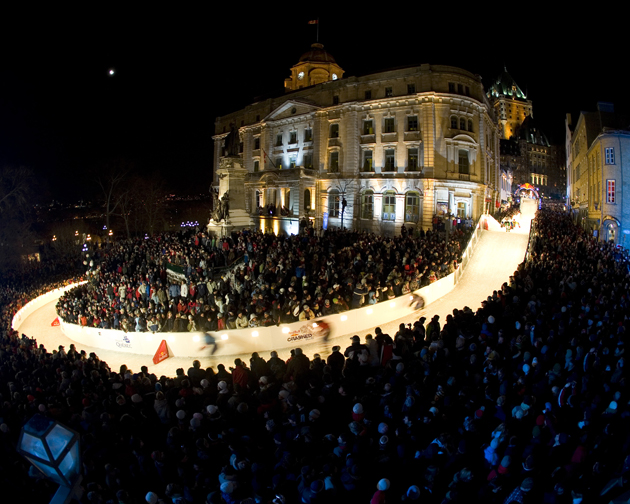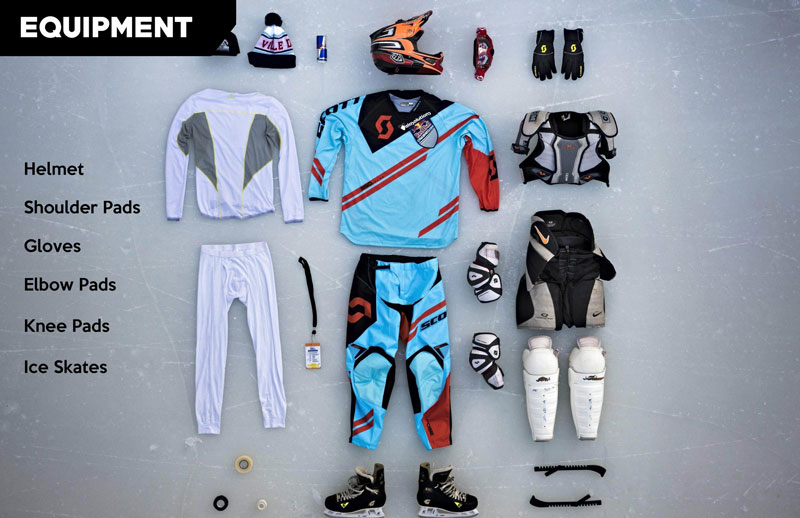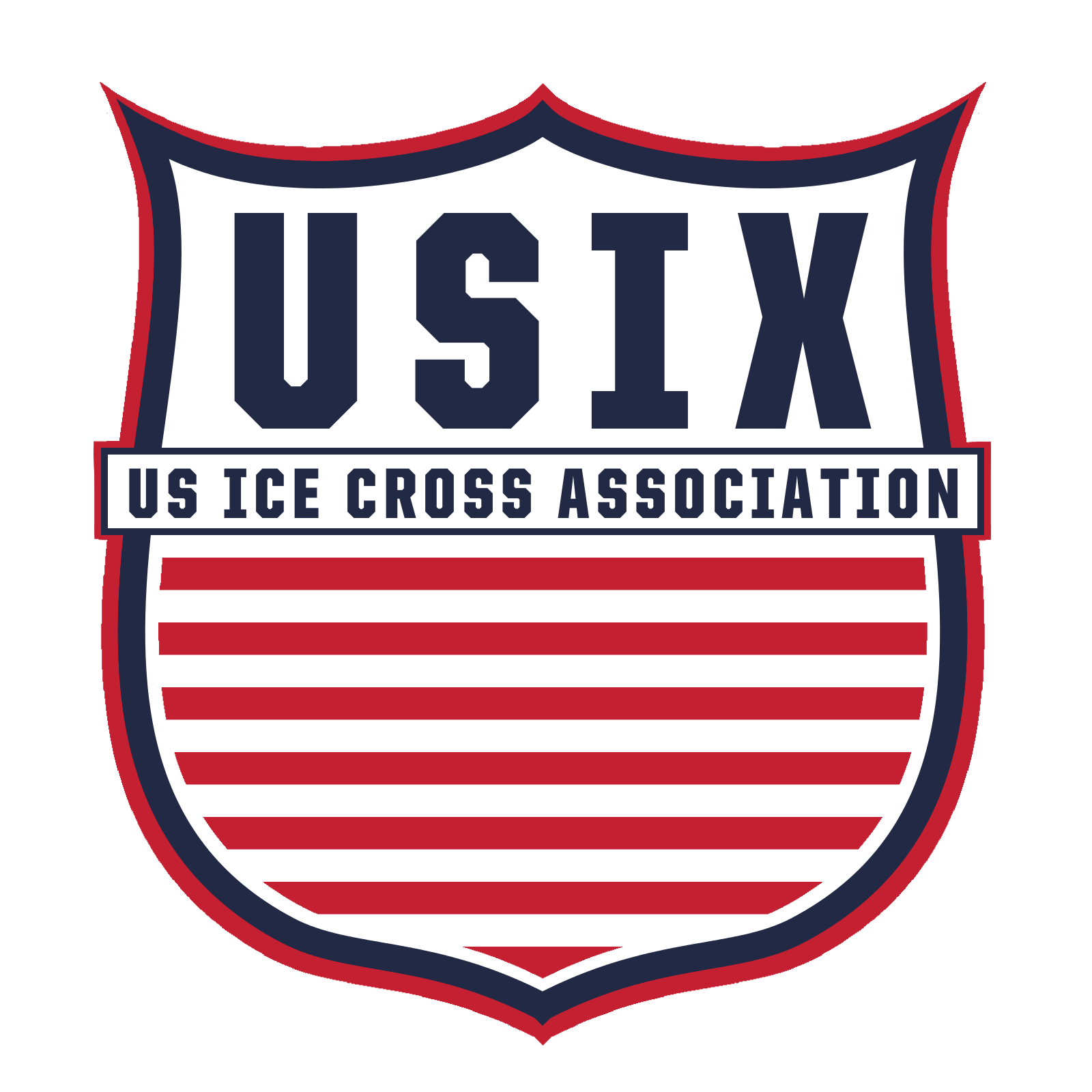Ice cross downhill (or downhill ice cross), is a winter extreme sporting event which involves direct competitive downhill skating on a walled track featuring sharp turns and high vertical drops. It is similar to ski cross and boardercross, except with ice skates on an ice track, instead of skis or snowboards on a snow track. Ice cross is sanctioned by ATSX, the All Terrain Skate Cross Federation. The ice cross international sports federation is the International Ice Cross Sports Federation (IICSF), which sanctions the World Ice Cross League.
Ice Cross Downhill
History
Ice cross downhill (or downhill ice cross), is a winter extreme sporting event which involves direct competitive downhill skating on a walled track featuring sharp turns and high vertical drops. It is similar to ski cross and boarder cross, except with ice skates on an ice track, instead of skis or snowboards on a snow track. Ice cross is sanctioned by ATSX, the All-Terrain Skate Cross Federation. The ice cross international sports federation is the International Ice Cross Sports Federation (IICSF), which sanctions the World Ice Cross League.

Rules
- Athletes in Figure Skating must keep their performances varied. The Zayak Rule states that no participant can attempt triple or quadruple jumps on more than two occasions.
- Judges may also mark down participants or disqualify them completely if they fail to adhere to rules and regulations for music and costumes. Certain types of music are not permitted, and costumes cannot contain “excessive decoration” or be considered as too revealing.
- Athletes can also be disqualified for time violations.

Equipments
Helmet On the track, every competitor shall wear a helmet at all times. MotoX or MTB Downhill CPSC Bicycle Safety Standard Certified, ASTM DH Certified, or CE EN1078 certified helmets are allowed. If the competitor wears an MTB or MotoX helmet, goggles are recommended. The chinstrap must be properly fastened. Also allowed are hockey helmets approved by CE Certification, Hockey Equipment Certification Council (HECC), or Canadian Standards Association (CSA), with cage (maximum mesh size 9 × 5 cm). – Shoulder protection – Elbow protection/pads – Gloves The gloves must be covered by protective pads on top of hand and wrist. The palm of the glove must not be removed to permit the use of bare hands. – Knee and shinbone protection – Skates & blades All types of skating boots are allowed. No blades with sharp points or any other feature that might harm other competitors are permitted. There should be a knob made of plastic or similar approved material on the upper back part of the blades.
Associations
- US Ice Cross Association.
- World Ice Cross Association





